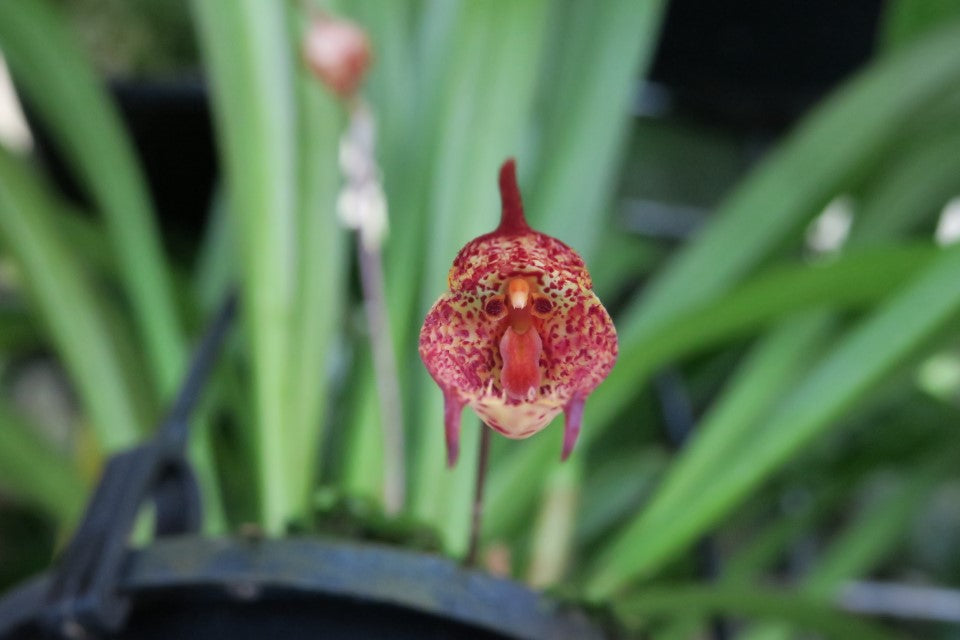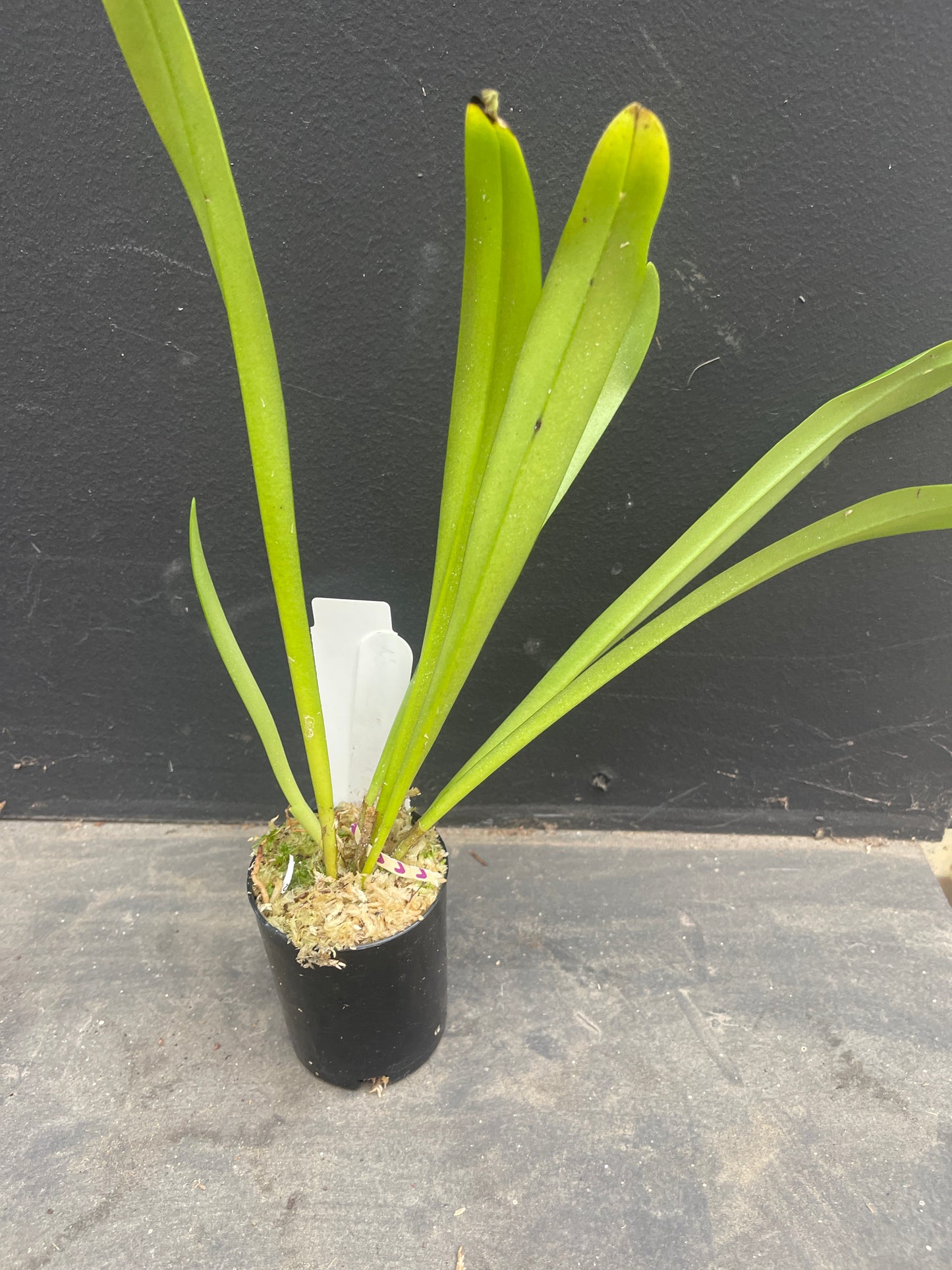1
/
of
2
Belgrave Orchids
Dracula orientalis
Dracula orientalis
Regular price
$95.00 AUD
Regular price
Sale price
$95.00 AUD
Taxes included.
Shipping calculated at checkout.
Quantity
Couldn't load pickup availability
Discover the intriguing Dracula orientalis, a captivating species native to the cool, misty cloud forests of southeastern Ecuador. Despite its name, this unique "monkey-face" orchid hails from the Andes, producing creamy white to yellowish blooms often adorned with fine reddish-brown to purple spotting and prominent, somewhat bristly tails. Its striking beauty makes it a highly desirable addition for the Dracula enthusiast. Like all Dracula orchids, it thrives in consistently cool temperatures, high humidity, and shaded conditions.




